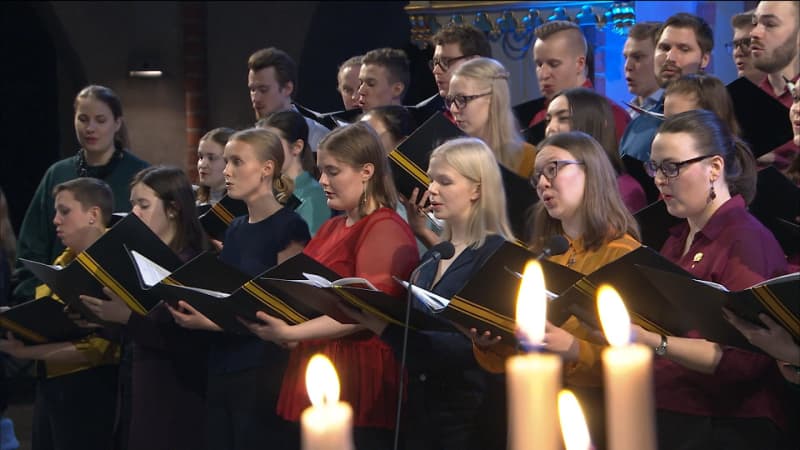
People of the opposite sex and trans people who sing in choirs can experience compartmentalized language and strictly regulated performance outfits as exclusionary.
There are thousands of choirs and tens of thousands of choir enthusiasts in Finland. Gender is something that is brought out in choirs, especially with word choices. The singers are called men and women, we talk about male and female voices.
Jokes that repeat traditional gender stereotypes are also often told. Many choir enthusiasts know that it is, for example, an ancient slur to say \”men and tenors\ which implies that tenors who sing high are not manly enough.
Sotejeff-Wilson herself is non-binary in terms of gender, that is, she does not see herself as a woman or a man.
– Choice of words is a really small matter for those who are not affected by the diversity of gender. But for gender non-binary people, this is a life-size issue, she emphasizes.
The guests of Kulttuuriykkönen say that you can simply address choristers by stemman names, i.e. sopranos, altos, tenors and basses, in which case nothing is assumed about anyone’s gender.
Instead of dresses and tailcoats, looser dress code
In many choirs, performance dress is determined by gender: a suit or tailcoat for men and a dress or pearls for women. It can be anxiety-provoking for a transgender or trans person to appear in clothing that is at war with their own identity.
It is impossible to estimate how many people of the opposite sex and trans people sing in choirs, because gender is not visible outwardly.
She is of the opposite sex and underwent hormone treatments, which caused her singing voice to drop from a soprano to a bass first and then settled into a tenor. Eriksson has had time to sing in both a men’s choir, a women’s choir and a mixed choir.
He says that male and female choirs are often associated with a gendered culture. For example, performance costumes became a rage.
– Why can’t I just sing what suits my voice? In my current mixed choir, the focus is on the instrument and not gendered culture, thanks Panda Eriksson.
In some student choirs, young people are already used to the fact that the choir has gender-sensitive operating methods and a contact person for harassment. An extensive change in choirs will take place at the latest when these singers move to adult choirs.
– It’s not out of anyone’s mind that binary ways are being abandoned,\” vocal teacher Laura Salovaara points out.
The choir will continue to be man, woman or other
The discussants of Kulttuuriykkönen state that there is still room in the music scene for gender-based choirs, i.e. women’s, men’s, boy’s and girl’s choirs.
However, you can strive for gender sensitivity even in those choirs where male-female compartmentalization is not currently a problem. The change is the responsibility of each choir member, and the choir director leads the way with his own example.
– I think gendering could be completely abandoned, if not for the recruitment of new singers. If the choir’s operating methods welcome everyone, then new singers will find the choir easier, says choir director Julia Lainema.
*What kind of thoughts did the article arouse? You can participate in the discussion until February 10 at 11 p.m.*
